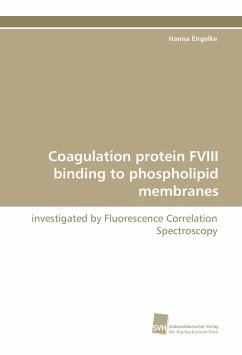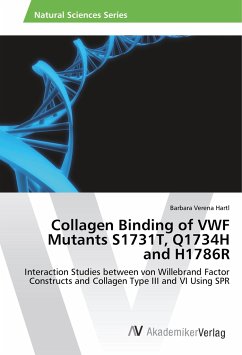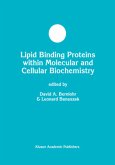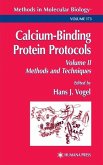Dynamics and interactions of proteins and membranes are essential biological processes. Fluorescence Correlation Spectroscopy allows one to measure these dynamics and interactions quantitatively in buffer as well as in their biological environment. Here, the mechanism of coagulation factor VIII binding to membranes, a key element in the intravascular pathway of the coagulation cascade, is investigated using Fluorescence Correlation Spectroscopy. The interplay of factor VIII binding with competing proteins is studied on the example of annexin V. The latter has a very efficient regulatory influence on factor VIII binding, which is modeled quantitatively. The natural environment can strongly influence biological processes, such as coagulation. Comparison of experiments on factor VIII binding in buffer and in plasma elucidates such influences. Furthermore, the dynamics of the actin-cytoskeleton of living cells is studied and a drug delivery system based on lipid-coated nanoparticles is described and characterized.
Bitte wählen Sie Ihr Anliegen aus.
Rechnungen
Retourenschein anfordern
Bestellstatus
Storno








